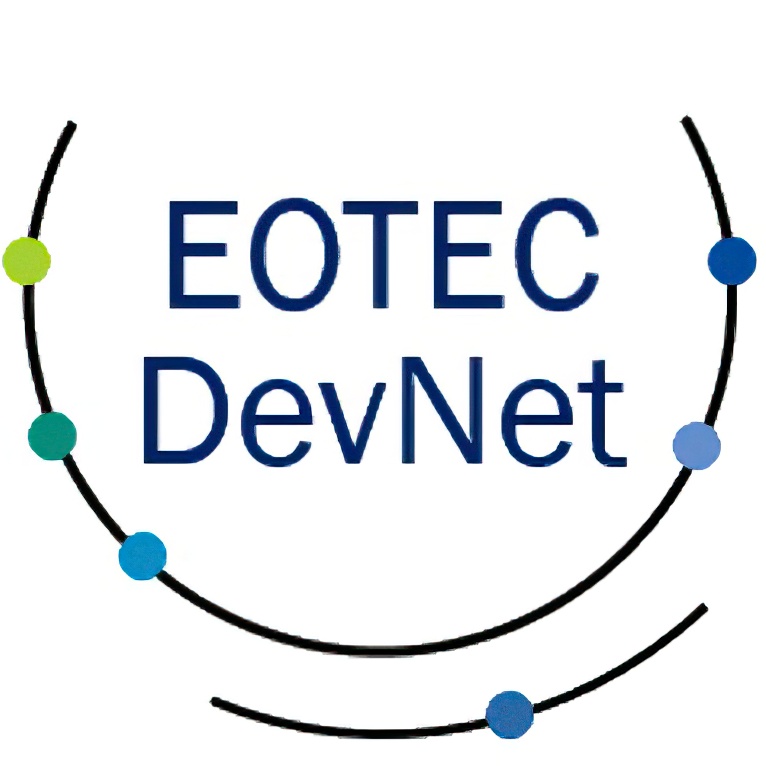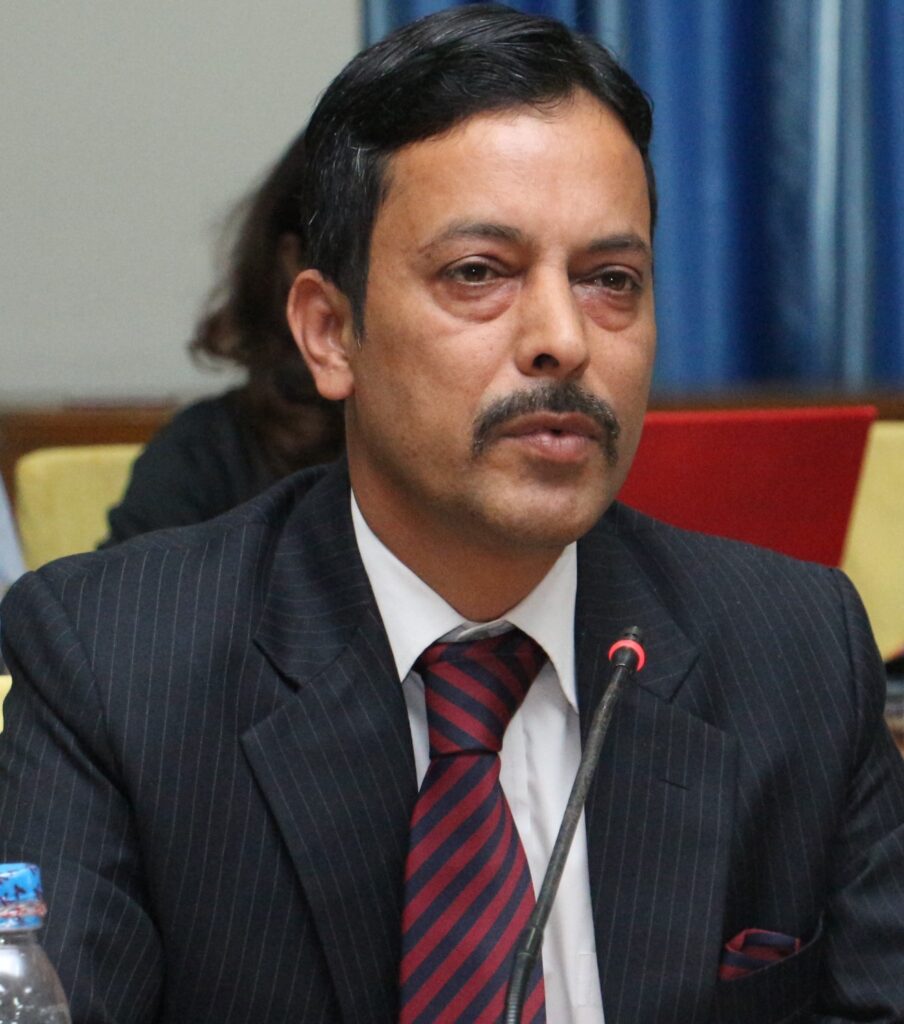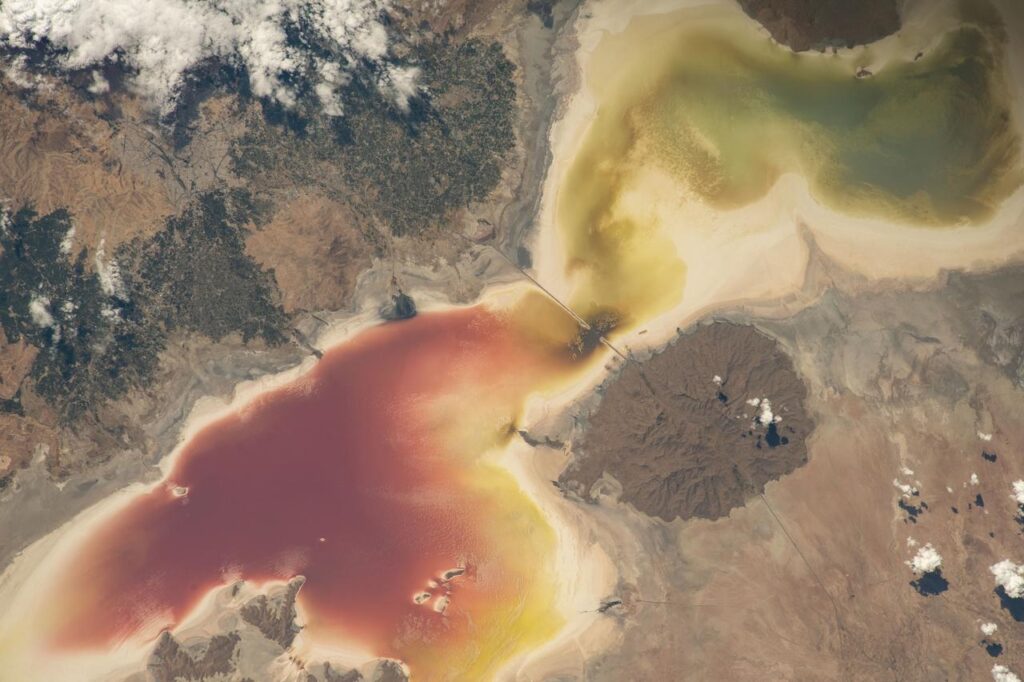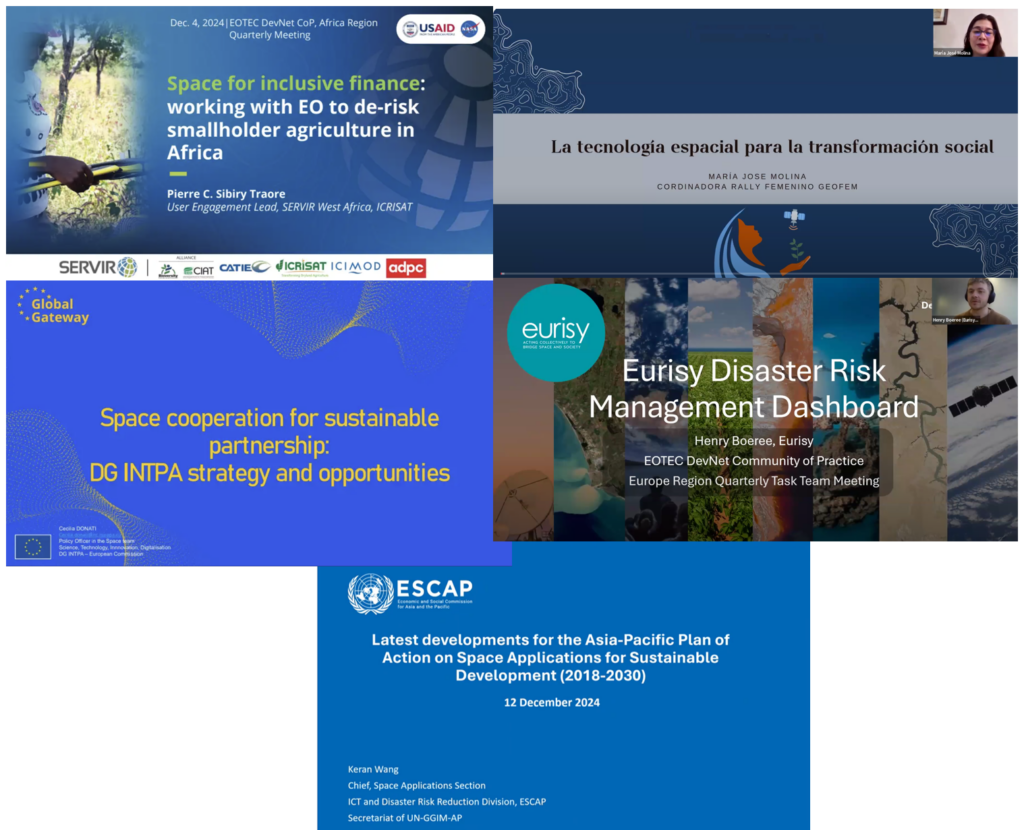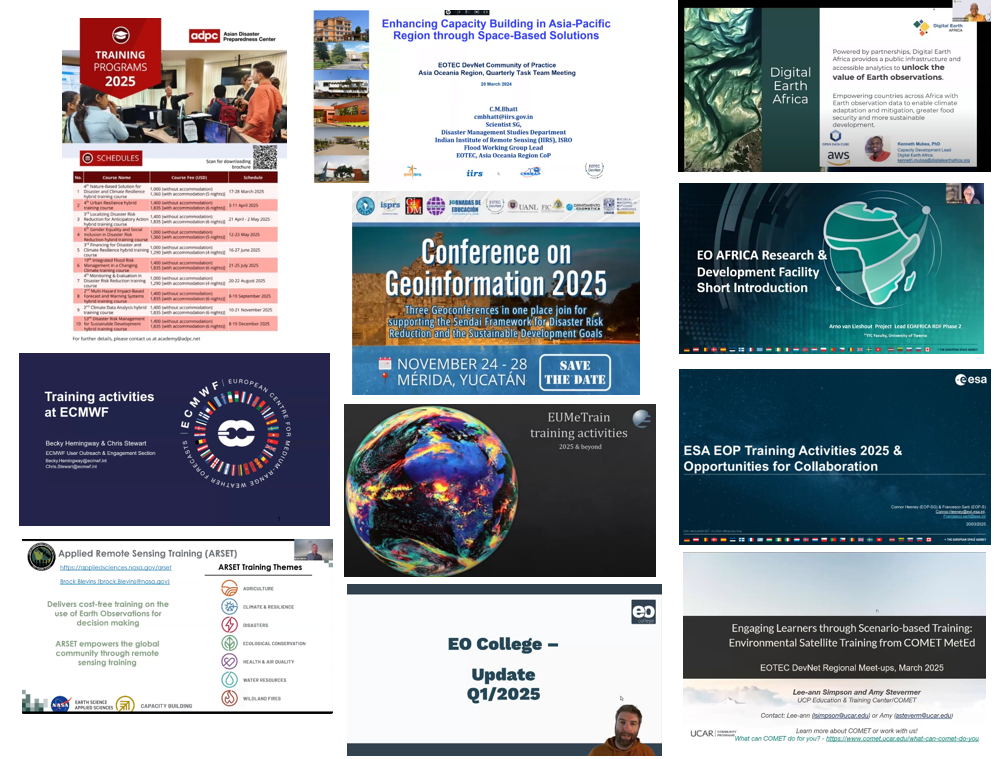EO Training Providers Share 2024 Plans and Best Practices

EOTEC’s March 20/21 regional CoP Task Team meetings were a forum for great exchanges on 2024 training priorities as well as experiences with evaluation, outreach, and strategic planning. Thanks to those who joined in these discussions! Here’s a quick summary:
- Spotlight presentations: EO training providers shared their 2024 plans and approaches to setting priorities, measuring impact and identifying funding sources. Thanks to wonderful presenters from the China Meteorological Administration’s Training Centre, COMET MetED, EO Africa R+D Facility, EO College, European Space Agency, the Indian Institute of Remote Sensing, NASA ARSET, and SELPER. Thanks also to Annalisa Donati (Europe), Hilcea Ferreira (Americas), and Rion Salman (Asia Oceania) for serving as guest moderators, and of course to co-lead Terefe Hanchiso (Africa). Scroll down to find key takeaways! Recorded presentations are available on EOTEC’s YouTube channel here.
- New report to support the UN Early Warnings for All initiative: UN-SPIDER, UNOOSA’s disaster management platform, released an invaluable new report on the use of space data for early warning. UN-SPIDER and EOTEC will team up on a series of webinars to highlight key report insights. Stay tuned!
- Help us choose a drought topic! EOTEC is partnering with the UN Convention to Combat Desertification on a June 18 webinar on drought. What should the topic be? Post your suggestion on EOTEC’s online drought community of practice page.
- New website feature: Image of the Week! Contributions “crowd-sourced” from our community will be placed in the rotating carousel of images on our landing page, with a link to more information. Please share your satellite imagery, visualizations, graphics and other material on this form. If your file is too large for uploading, send a link to it to Secretariat@eotecdev.net.
- Help shape Flood Tools Tracker 2.0. We need your feedback on how to make our flood tools tracker the best it can be. Watch for a survey in our April newsletter asking for your ideas.
More info, including upcoming training opportunities:
- Africa region slides
- Americas region slides
- Asia-Oceania region slides
- Europe region slides
- EO College slides
Next meeting, June 20/21 – sign up for meeting invites here.
Key takeaways from across the four spotlight presentations:
Measuring impact
- ARSET: Each training participant receives two surveys: immediately after the training and a year later. A full-time evaluator analyzes responses; feedback is integrated into new training. The evaluator often follows up to “go beyond the numbers” and gather anecdotes of user-specific impact.
- EO Africa R+D Facility/University of Twente: Impact can be very difficult to measure; they also follow up after three years.
- IIRS: Every year we follow up and ask what they are doing, what has changed.
- ICIMOD: Partner oriented process with a post-training assessment and long-term follow up as part of ongoing monitoring and evaluation.
- CMATC: Post training survey scoring lecturers and course. We also use Padlets (an online collaboration tool) during the training, and keep it open so that participants can continue to add on.
- EO College: Closely tracking MOOC statistics and gathering feedback through post-training surveys.
- RTC Indonesia: A post-training survey is the easy part; it’s hard to check whether people are really implementing things. We try to do short, medium and long-term planning. When we have more budget, we choose a few of the participants’ best pilot project plans and work closely with them to implement the plan – that’s a way to ensure they build competency.
Setting priorities
- CMATC: topics are inspired by WMO training, including standard courses but also there are always courses on new technologies/hot topics, such as AI.
- ARSET: topics based on user survey, new missions, and listening to users at conferences, etc. Also influenced by NASA strategic priorities. (New Earth Action strategy.) ARSET takes about eight months to plan a course, develop learning objectives, and plan evaluation.
- COMET: priorities determined through interactions with users at conferences, polling. Current poll open for feedback.
- ESA: typically collaborates with universities and institutions. Often topics are determined by a combination of university and user priorities.
- IIRS: a board of advisors reviews the curriculum, alumni are consulted regularly. Every year, one country is chosen for an alumni meeting.
- EO College: UniJena focusing on researchers and professionals. DLR and ESA provide feedback on topics. Also tenders/contracts set the specific training requirements/needs (EU/ESA/German funds).
Fostering participation
- Are certificates or certificate hours important to participants? Consensus from presenters: YES!
- Language is a critical success factor. The most impactful trainings tend to be those provided in the trainees’ language. AI holds promise for scaling up language capacities, especially Generative AI. But we are still learning how to apply these technologies. Training in various languages is an active choice that requires resources. COMET has translators on staff.
- Online trainings are critical – there is greater participation there than for in person training. The only disadvantage is the inability to ask questions.
- EO College: looking at new training modalities, such as micro-learning.
- Providers use social media, public events, shared calendars, and email lists to promote training. One example is the CEOS training calendar, available on the EOTEC website, which captures training from several providers. But sometimes personalized and/or targeted outreach will ensure a good turnout. Feel free to add your event to the CEOS training calendar here.
- IIRS: Also using social media, website, networking, partner communications, contact with embassies to promote training. In India, IIRS provides lectures through 600 universities. Every evening, lectures are broadcast. Also utilizing MOOCs to reach more learners. And many courses are fully funded; there are fellowships for 25 Asia Pacific students.
- IIRS: But in general, these training opportunities reach a very narrow audience – they should reach a greater diversity of audiences. EOTEC should play a role in extending the reach and fostering demand globally.
- CMATC: Also doing promotion through embassies/government bodies of various countries. Often the directors in charge of training nominate participants. Also posted on WMO ETR calendar. And there is a database/mailing list of 10,000 participants.
Reaching policy-makers and other audiences
- Target audiences tend to be researchers, technical managers, and students at various levels. Policy-makers are never excluded but often not a specific target audience – should this change?
- EO College designs “for all humans” – trying to create the best possible training for everyone. On a few courses, working with private sector partners on training.
